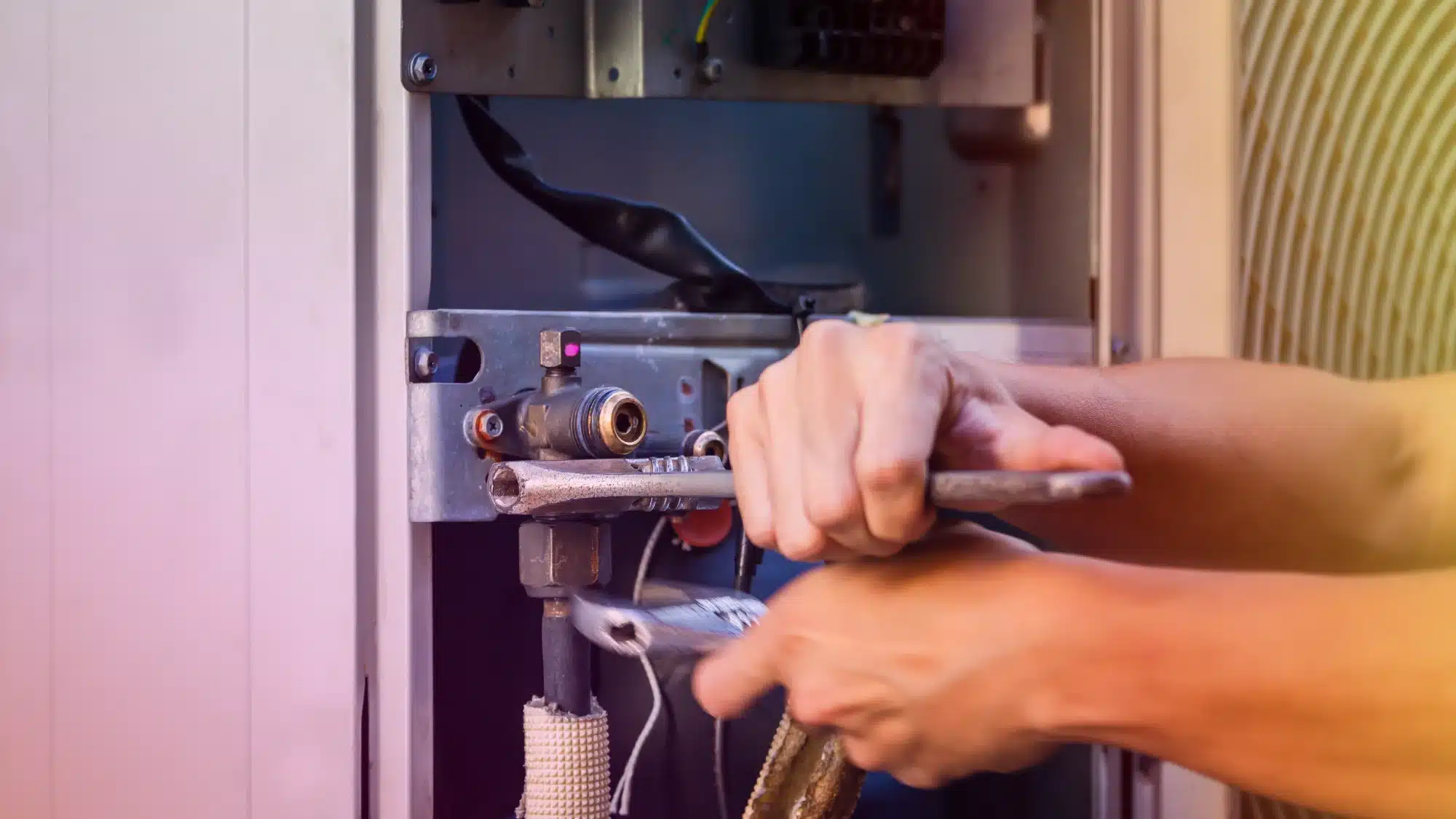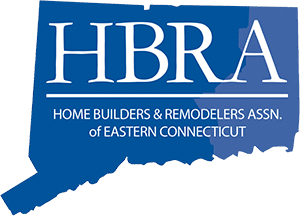As the summer heat fades and cooler weather approaches, homeowners begin the annual transition from air conditioning (AC) to heating, ventilation, and air conditioning (HVAC) systems. Preparing your home’s electrical system for this switch is essential for safety, efficiency, and comfort. If you’re searching for an “electrical contractor near me”, this guide will help you understand the key electrical prep steps to get your heater ready for fall.
Why Electrical Prep Matters When Switching to HVAC
Upgrading from AC to HVAC isn’t just about swapping units—it’s about ensuring your home’s electrical infrastructure can handle the demands of your heating system. HVAC systems typically require more power than standard appliances, and improper electrical setup can lead to tripped circuits, inefficient heating, or even safety hazards.
Key Electrical Requirements for HVAC Systems
1. Check Your Home’s Electrical Service Capacity
- Most modern HVAC systems require 240 volts, while older homes may only support 100-amp service. For safe and reliable operation, your home should have at least 200-amp service to accommodate the increased load.
- If your electrical panel is outdated, consider upgrading to meet the demands of your new HVAC system.
2. Understand Wattage, Voltage, and Amperage
- Wattage: Indicates the power needed to operate your HVAC unit. Higher wattage means greater energy consumption.
- Voltage: HVAC systems often require dedicated 208/240-volt outlets, unlike window AC units that use 110/120 volts.
- Amperage: Ensure your circuits can handle the amps required by your HVAC. If not, you risk tripping breakers or damaging equipment.
3. Verify Outlet and Circuit Compatibility
- The type of outlet and circuit breaker must match your HVAC system’s specifications. Central units typically need a dedicated outlet and a higher-rated breaker, such as a 50-amp HACR breaker.
- If your current outlets or wiring are incompatible, searching for a “licensed electrical contractor near me” can install new ones to ensure safe operation.
Essential Electrical Prep Steps Before Fall
1. Inspect and Upgrade Wiring
- Old or undersized wiring can’t safely handle the power needs of modern HVAC systems. Upgrading to the correct gauge and type of wire is crucial for safety and efficiency.
2. Install or Upgrade Circuit Breakers
- Check the HVAC unit’s nameplate for minimum circuit ampacity and maximum fuse/breaker ratings. Install the appropriate breaker (e.g., 50-amp HACR) to protect your system and comply with electrical codes.
3. Ensure Proper Disconnects and Safety Devices
- Install an unfused disconnect near the HVAC unit for emergency shutoff and maintenance access.
- Verify that all safety devices, such as surge protectors and ground fault circuit interrupters (GFCIs), are in place and functioning.
When to Call an Electrical Contractor Near Me
While some homeowners may feel comfortable with basic electrical checks, HVAC electrical prep is best left to professionals. An experienced electrical contractor can:
- Assess your home’s electrical capacity and recommend upgrades.
- Install dedicated outlets and circuit breakers for your HVAC system.
- Ensure all wiring and safety devices meet local codes and manufacturer requirements.
- Provide peace of mind that your heater is ready for reliable, safe operation this fall.
Final Tips for a Smooth Transition
- Schedule a professional inspection before the cold weather arrives.
- Keep records of all upgrades and maintenance for future reference.
- Ask your contractor about energy-efficient options and compliance with the latest building codes.
B. Jags Electric is here to help you make the switch from AC to HVAC seamless and safe. If you’re searching for an “electrical contractor near me”, contact us today to schedule your fall electrical prep and ensure your home stays warm and comfortable all season long.





